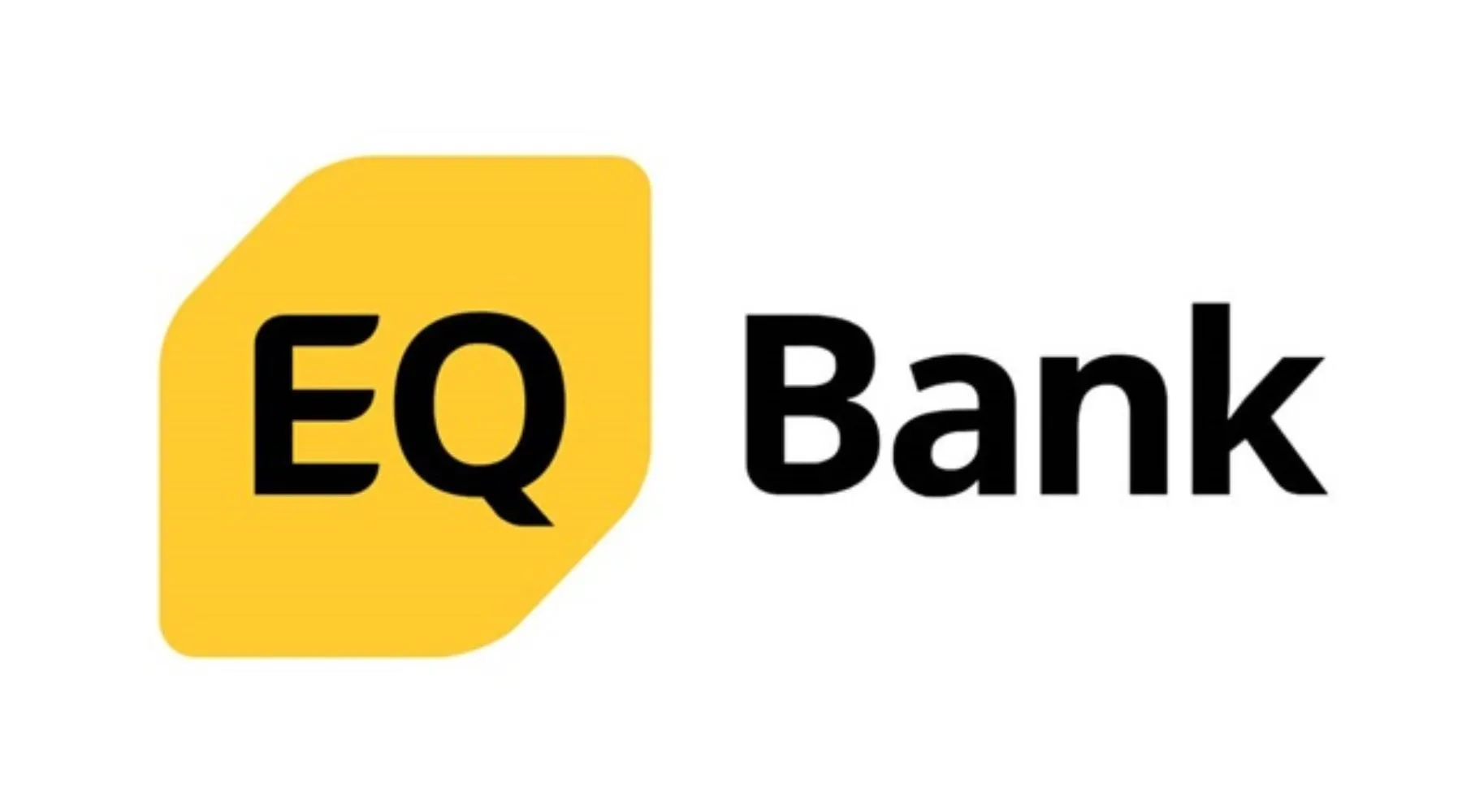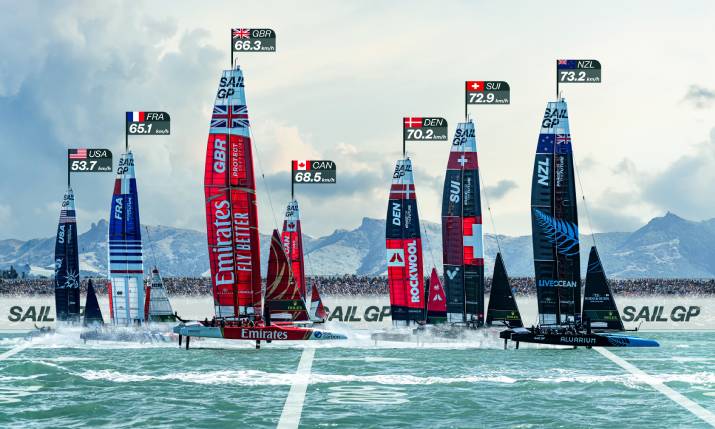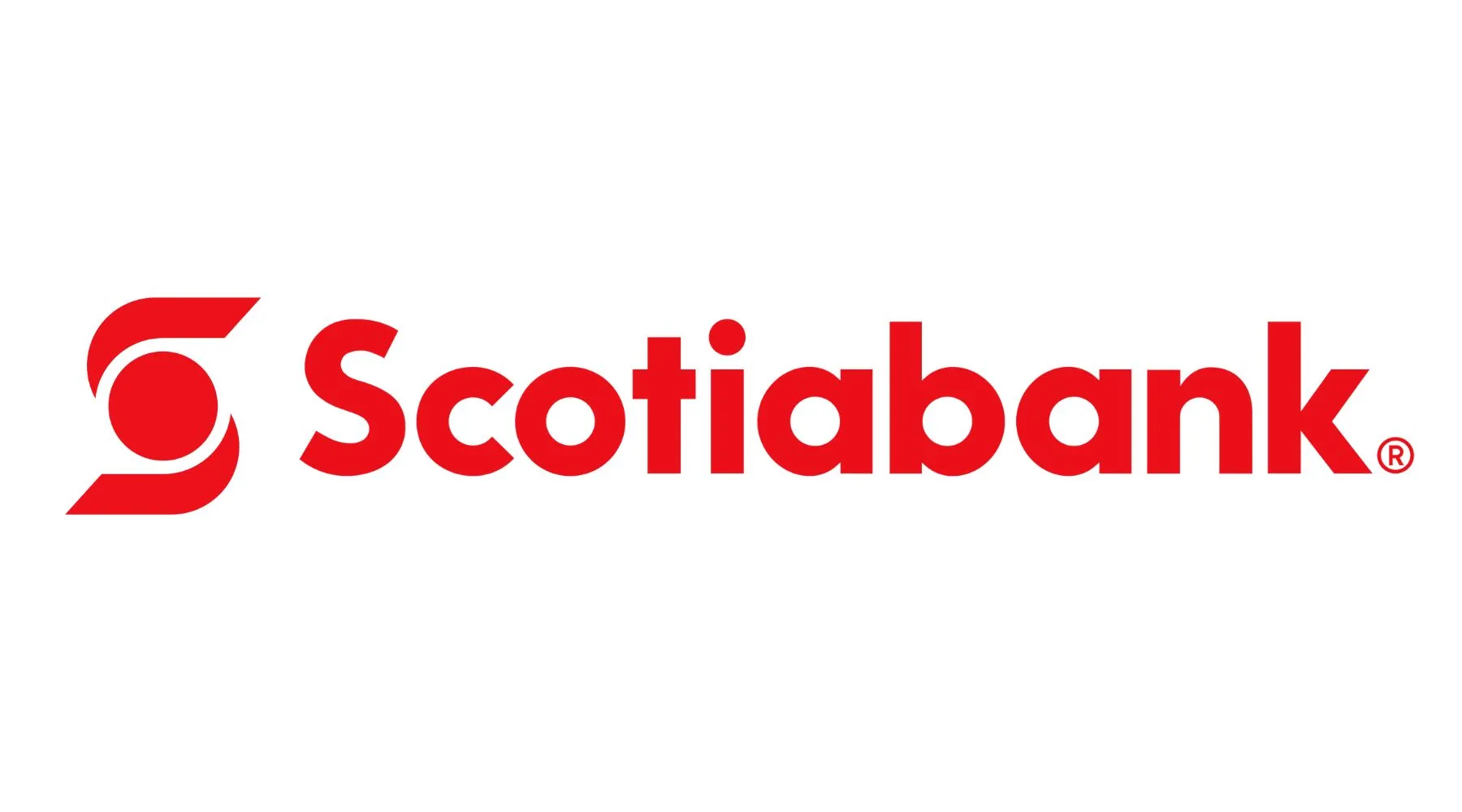Besides CBS Sports HQ and soccer streaming, the new studios serve CBS linear broadcasts
As CBS Sports and CBS Sports Digital continue to grow their combined portfolio of live sports programming, both entities are looking for new ways to efficiently share studio and control-room resources. With that in mind, CBS Sports Digital relaunched its studios in Ft. Lauderdale, FL, and Stamford, CT, in time for the fall 2022 football and Italian soccer seasons with major technological enhancements to the sets and control rooms.
The CBS Sports Digital studios in Ft. Lauderdale and Stamford relaunched with new LED walls prior to the NFL season.
“We were looking at [studio operations] from a much higher level, not just our streaming shows but also CBS Sports, soccer shows, and everything across the CBS family,” says Aaron Gillespy, director, engineering, CBS Sports Digital. “And we wanted to build facilities that would not only serve us today but could change and adapt in the future.”
In addition to around-the-clock live studio programming on CBS Sports HQ, the facilities also play a big role in streaming coverage of UEFA Champions League, Serie A, and other international club soccer on CBS Sports and Paramount+. The upgrades at the two studios created a parallel setup across the Ft. Lauderdale and Stamford locations for a consistent look for productions of Serie A, CBS Sports HQ, Fantasy Football Today, SportsLine programming, as well as CBS Sports HQ Spotlight, which airs on CBS Sports Network.
“From the linear perspective, we saw a great opportunity to collaborate and bring the streaming and linear teams together,” says Mike Francis, VP, engineering and technology, CBS Sports. “We don’t have the footprint for any additional studio space here at the CBS Broadcast Center and BMW building [in New York City]. Being able to have a multi-use facility that we can leverage has been great for the linear-production teams while also creating a better product for streaming.”
Inside the Studio: LED Wall With Three-Curves Offers Versatility, Quality
With a three-curve LED wall on set and agile control-room designs, the two nearly identical studios can seamlessly transition from one show to the next in matter of minutes.
“The beauty of these facilities is, we can mix and match,” says Gillespy. “We can run soccer in the morning, CBS Sports HQ in the afternoon, more soccer right behind that, and then highlights for HQ or other groups in the evening. Because it’s LED with minimal set pieces, with the flip of a switch, you can transition from one show to another.”
CBS Sports HQ Spotlight host Amanda Guerra on the new set (Photo: Mary Kouw/CBS)
With the 35 million-pixel, 1.8-DPI LED wall, CBS Sports HQ and other shows can produce a higher-quality studio design that matches the level of CBS and CBS Sports Network’s linear programming.
The studio is outfitted with five Sony HCP-P50 cameras with Canon CJ15ex4.3B, CJ17ex6.2B, and CJ20ex5B lenses; three Ross Video CamBot robotic-camera pedestals; one Egripment TDT crane; and one ARRI Artemis 2 camera stabilizer with Vislink wireless Tx/Rx and RCP control.
513 Partner/Principal Tom Lenz was enlisted to design the studio, and systems integration was done in-house, led by CBS Sports Digital Lead Systems Administrator Keith Pryor. Other key vendors included Fuse and DetaiLED Solutions for the LED panels and Showman Fabricators for set fabrication.
“After we went through rehearsals for the first time with graphics, it didn’t have the feel that we were looking for,” recounts Gillespy. “But because of the flexibility of the LED wall, within a week, the graphics group had built a completely new look for the set, giving it an absolutely different feel. Within two weeks, we had gone through three or four iterations of a different look for the set; that would have taken us months to change out in the past. There was no changing paint color or swapping out gear; it was just the graphics group designing it and making the change pretty much instantly.”
Inside the Control Room: Serving Live Productions Big and Small
The control room is built around a Ross Ultrix Accuity switcher and features Ross Xpression for on-air graphics and Ross Tessera for the in-studio LED screens, Evertz DreamCatcher replay systems, a Grass Valley GVOrbit routing/orchestration system, and Calrec Brio audio console.
“You have the ability to go from more linear-style production for soccer with a fully staffed control room and studio to an HQ production, which is on a more efficient scale on back-to-back shows,” says Francis. “The [CBS Sports Digital] team did a great job of making it a flexible control-room space. The smaller-scale shows can operate as thin as a couple of people, or we can fill every bench with a full crew like you would see in a larger linear-network production. They did a great job of being flexible.”
SportsLine host Tommy Tran inside the new studio (Photo: Mary Kouw/CBS)
To meet the tight timeline to launch by the beginning of the U.S. football and Italian soccer seasons, the studio went live in HD-SDI, but the entire facility has an upgrade path to SMPTE ST 2110 as well as to 4K and HDR.
“We landed on HD-SDI to make that deadline, but there’s absolutely no reason that we can’t go 2110 for on both of them at any point in time,” says Gillespy. “Everything has an upgrade path at the flip of a switch. The wall itself supports 4K, the processors support both 4K and HDR, lenses are already 4K, and the cameras are running 1080i but with a license available for 4K. So everything is ready to go should we decide to go in that direction.”
From Connecticut to Florida to New York to the Cloud: Connecting It All Together
The Ft. Lauderdale and Stamford facilities are trunked together and with the CBS Broadcast Center via the same RTS communications system. In addition, all three facilities have connectivity to one another for IP video transport.
In addition, CBS Sports Digital’s use of Grass Valley GV AMPP (Agile Media Processing Platform) for cloud-based master control and playout is among the most innovative aspects of its live-production operation. It not only provides a central workflow for both studio facilities but also allows master-control operators to manage multiple in-game feeds right from home.
“We are totally cloud-based for that portion of it,” says Gillespy. “Any of the matches that originate in the cloud continue to stay in the cloud; there’s no reason to bring it back to premises. The master control, the [SCTE-35] ad-insertion, the slate, and the launching of the entire [production] or bringing it down is all in the cloud. It’s to the point that, if all 32 UEFA Champions League teams are playing at once, one operator is running four events apiece from their home.
“We can spin up a channel based on the need for that event,” he continues. “If there is a hot time and we have to support CBS Sports, it’s click of a button, and we can spin up a new channel as desired. It’s all very agile, very quick, very redundant, and multi-region.”
With the new studios up and running, CBS Sports’ linear-TV and digital teams are looking at next steps and possible synergies between the two. Although Francis says there are currently no formal plans to produce a linear-TV production for CBS broadcast or CBS Sports Network out of the Ft. Lauderdale or Stamford studios, he notes that “the ability is definitely there in terms of the equipment and the workflow.
“We’re working more and more hand-in-hand every year, whether it’s a major event or potential studio collaborations,” he adds. “I think this brings the Digital side to a level of facility consistent with what we do on the broadcast and cable side. That, coupled with the increased connectivity and having common technologies between us, will open up opportunities for everyone. Especially as soccer programming becomes more prevalent across both our digital and linear platforms, having more resources in the CBS family is going to help our production teams.”
Stay tuned to sportsvideo.org for more in-depth coverage of CBS Sports Digital’s cloud-based master-control and playout workflows.


